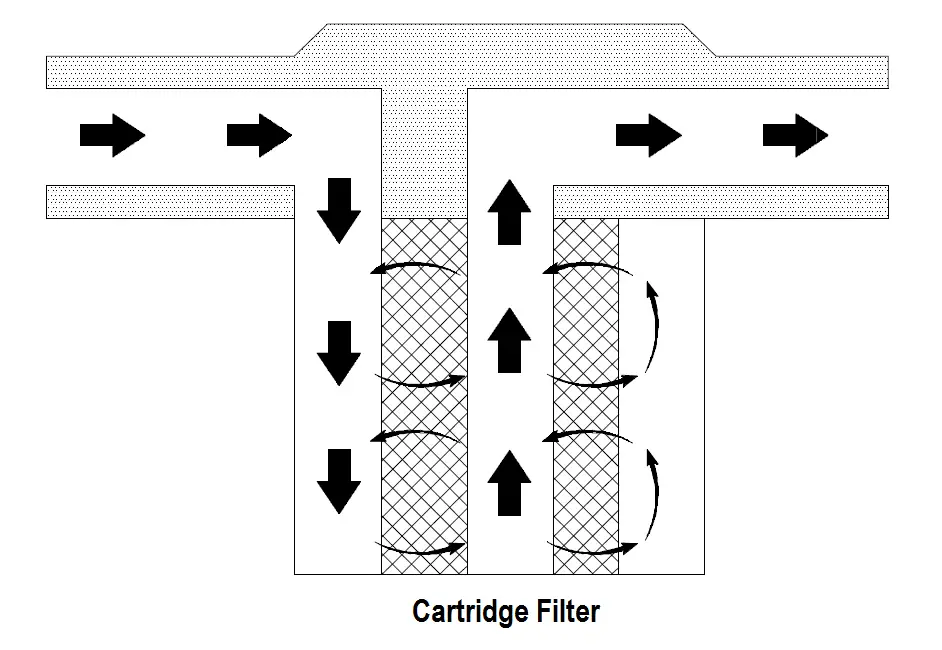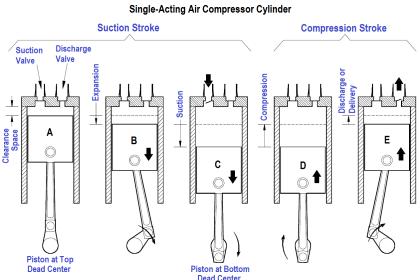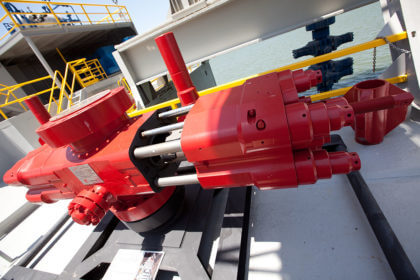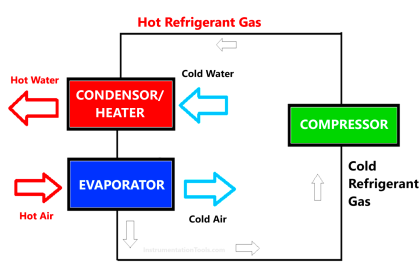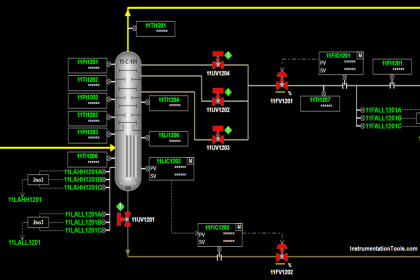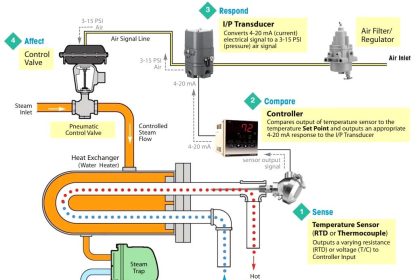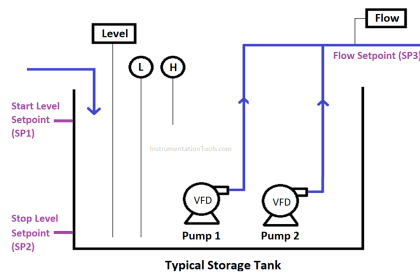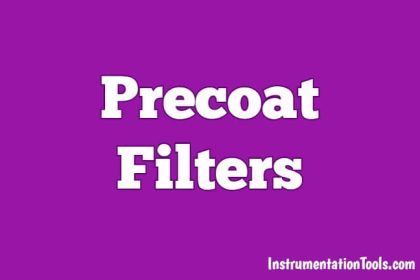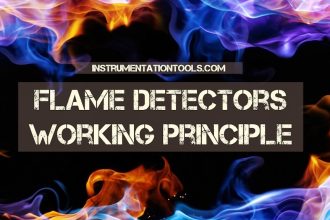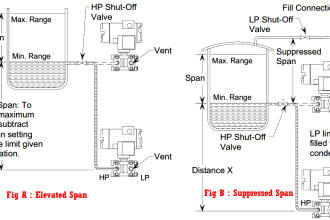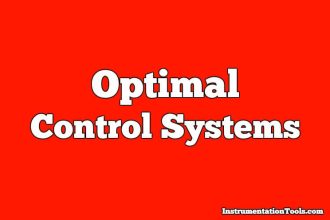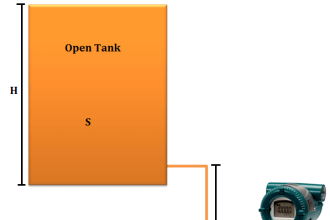Filtration is a process used to remove suspended solids from a solution. Other processes such as demineralization remove ions or dissolved ions. Different filters and strainers are used for different applications. In general, the filter passage must be small enough to catch the suspended solids but large enough that the system can operate at normal system pressures and flows. They are used in hydraulic systems, oil systems, cooling systems, liquid waste disposal, water purification, and reactor coolant systems.
Cartridge Filters
Below Figure illustrates a typical multi-cartridge filter. The cartridges are cylinders and usually consist of a fiber yarn wound around a perforated metal core. The liquid being filtered is forced through the yarn, which is approximately 1/2 inch thick, and then through the perforations in the metal core to the filter outlet, which can be at either end. A cartridge filter may include several cartridges, the exact number depending on the liquid flow rate that must be handled.
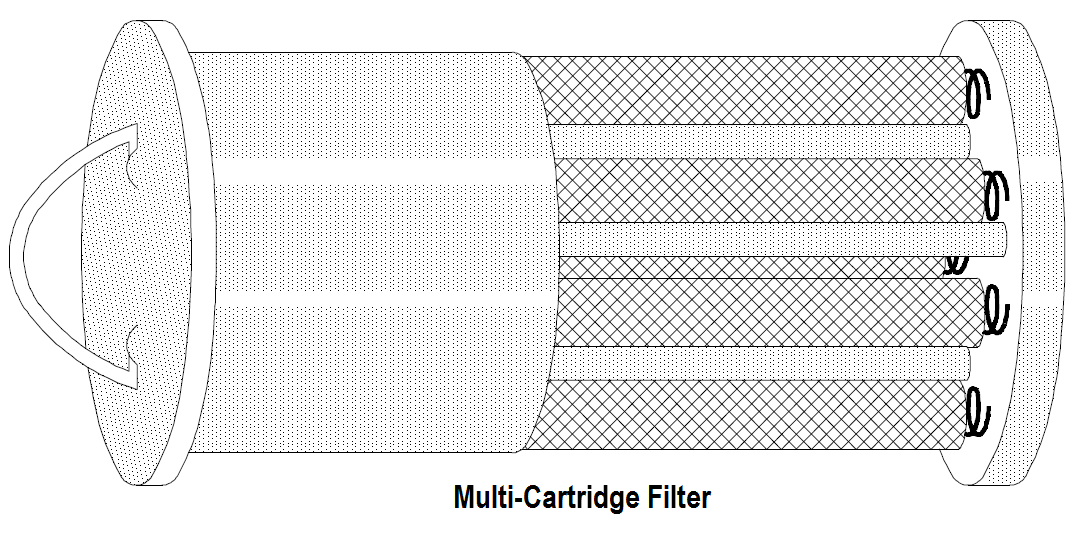
In the filter assembly illustrated in Below Figure , the cartridges are held between plates so that the water must pass through the layer of yarn to reach the filter outlet. The type of yarn that is used depends on the application. Some of the fibers commonly used include resin-impregnated wool or cellulose, cotton-viscose, polypropylene, nylon, and glass. In some applications that involve high temperatures or pressures, porous metal cartridges are used. These cartridges are usually made of 316 stainless steel, but inconel, monel, and nickel are also used.
Depending on the fiber or metal that is used, cartridges are available that will filter out all particle matter down to a specified size. For example, a certain cartridge might be designed to remove all particles larger than 10 microns, one micron, or even 0.1 micron. (A micron is 10-3 millimeters.)
Cartridge filters have the advantage of being relatively inexpensive to install and operate. Instruments measure the differential pressure across these filters to let the operator know when a filter is plugged and must be replaced. When the cartridges are removed from radioactive systems, the radiation levels can be very high. For this reason, the cartridges may be withdrawn into a shielded cask for moving to a storage area or a solid waste processing area. When the porous metal cartridges become plugged, they can be cleaned ultrasonically and reused. When this is done, the cleaning solution becomes contaminated and must be processed as liquid radioactive waste.
Another type of cartridge filter is the wafer, or disk filter. In this filter, disks are stacked to form a cartridge and placed down over a central perforated pipe. Each disk is typically 1/8 inch to 1/4 inch thick and made of cellulose or asbestos fibers.
Liquid that enters the disk filter moves up around the outside of the stack of disks, is forced between the disks, travels through the perforations in the central pipe, and then leaves the filter. The filtering action takes place as the liquid is forced between the disks.
As with the smaller cartridges, if a disk filter is used to filter radioactive water, it may be very radioactive when it is removed, and must be handled very carefully. One way to remove a disk filter is by means of a crane, which lifts the filter out of its housing and moves it to a shielded container. The disposal problem is one of the major disadvantages of cartridge and diskcartridge filters.
